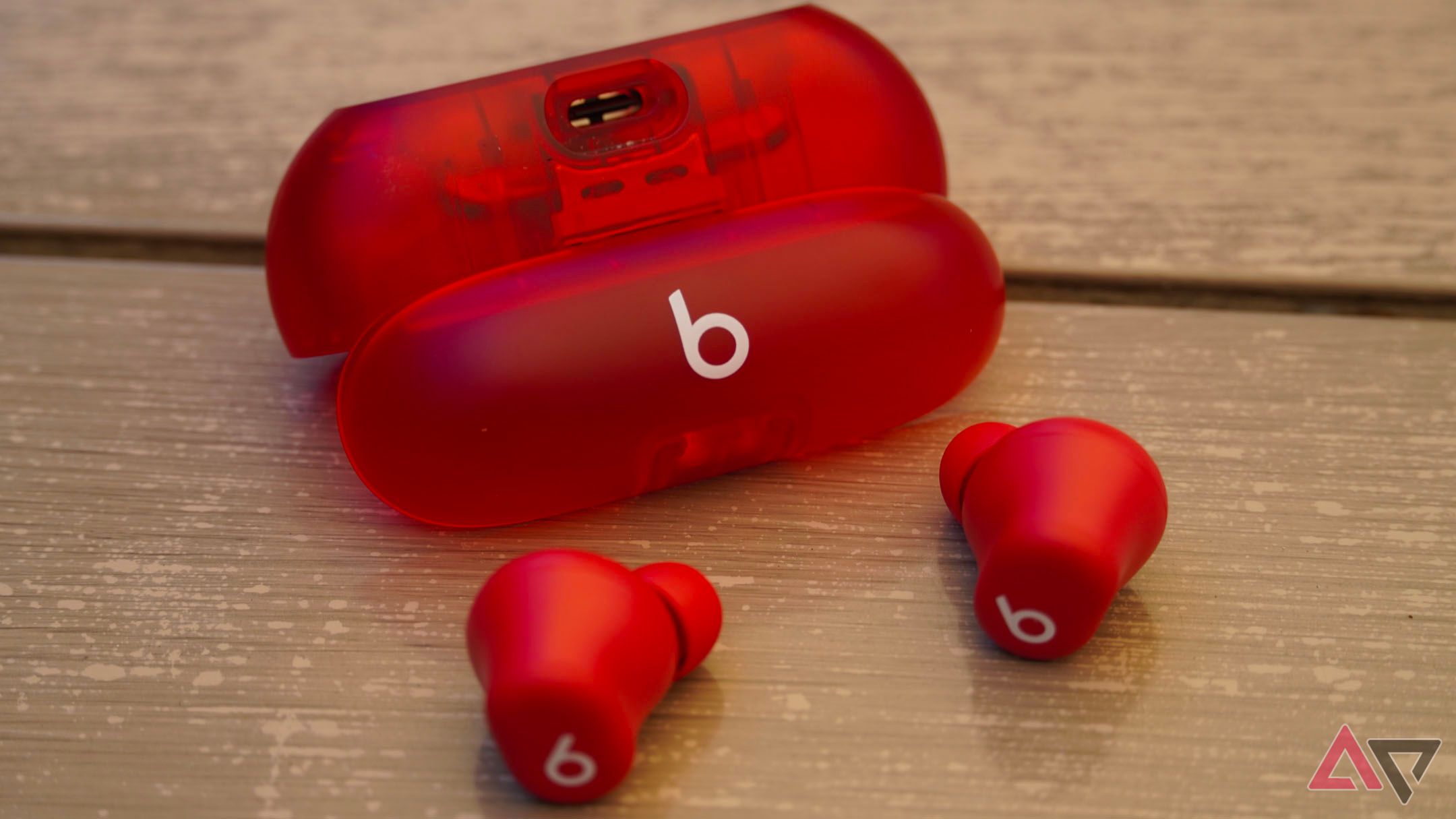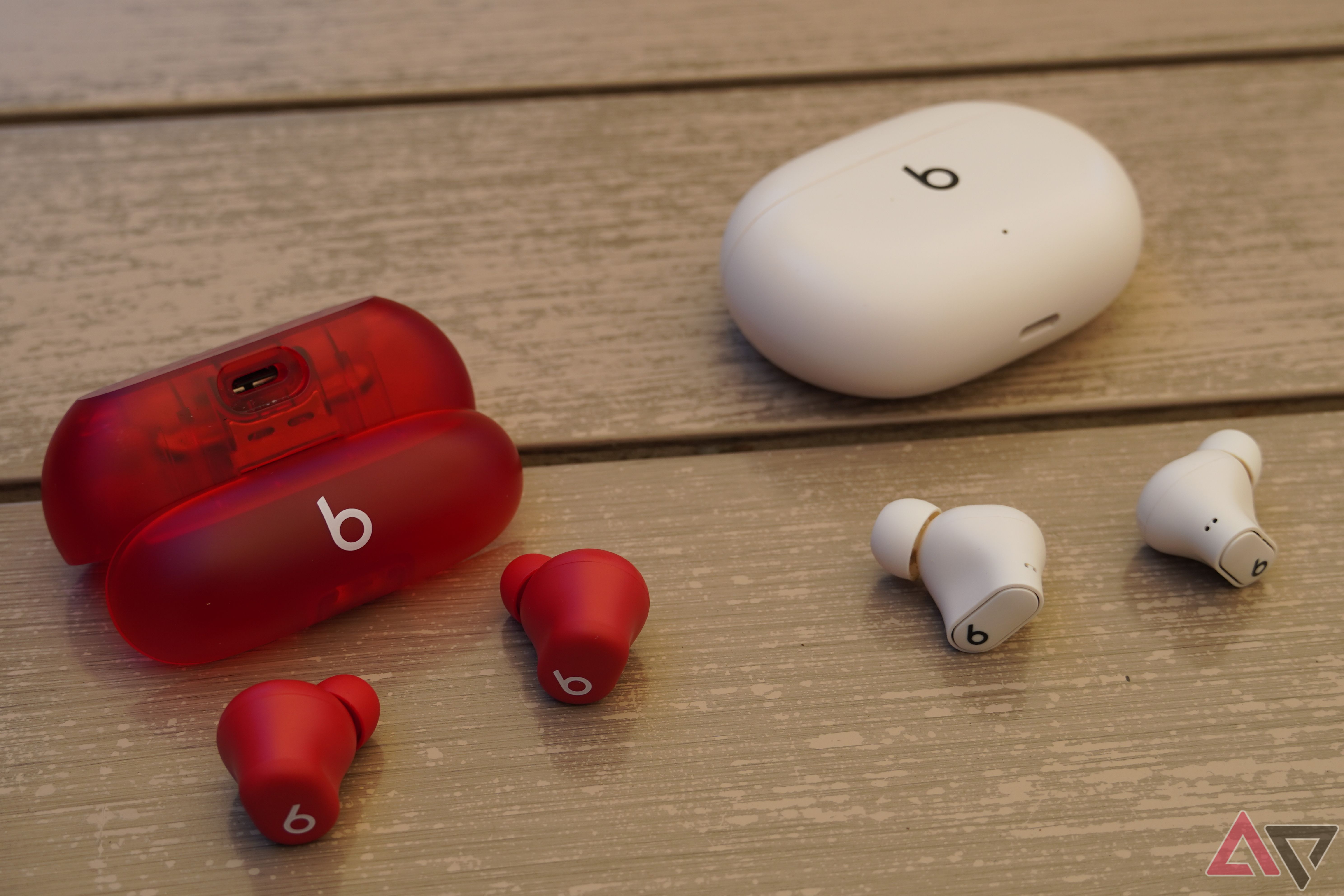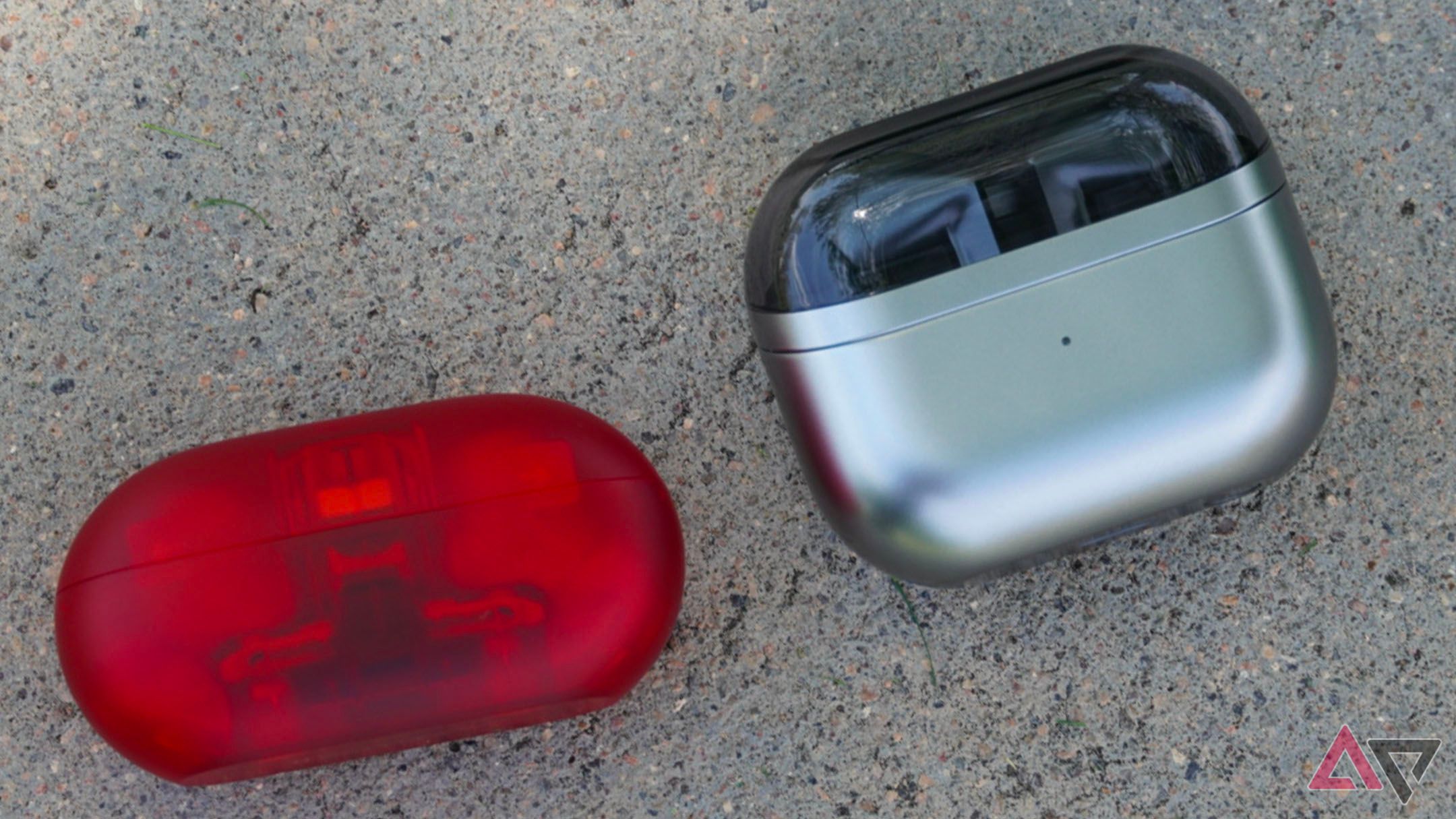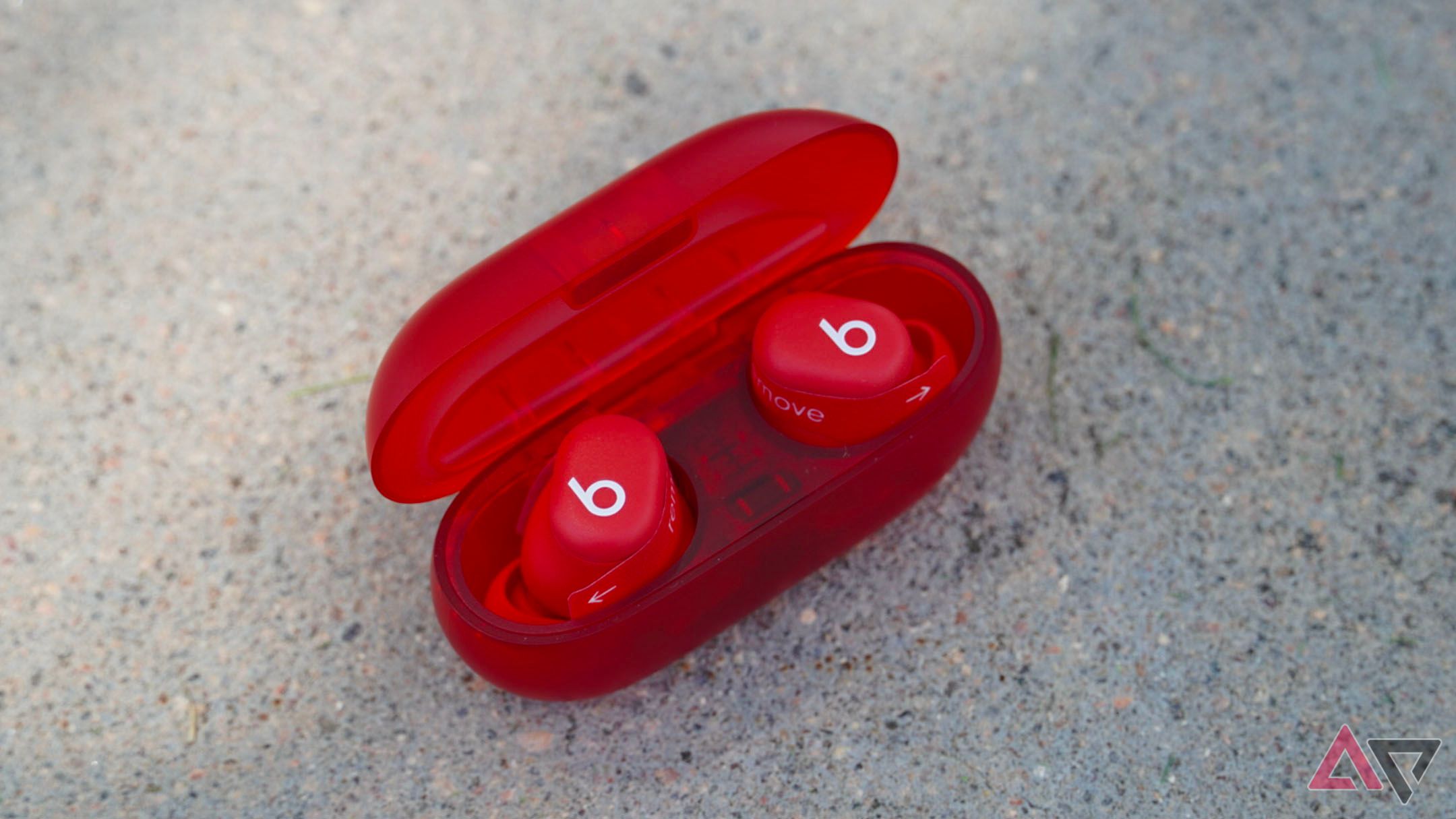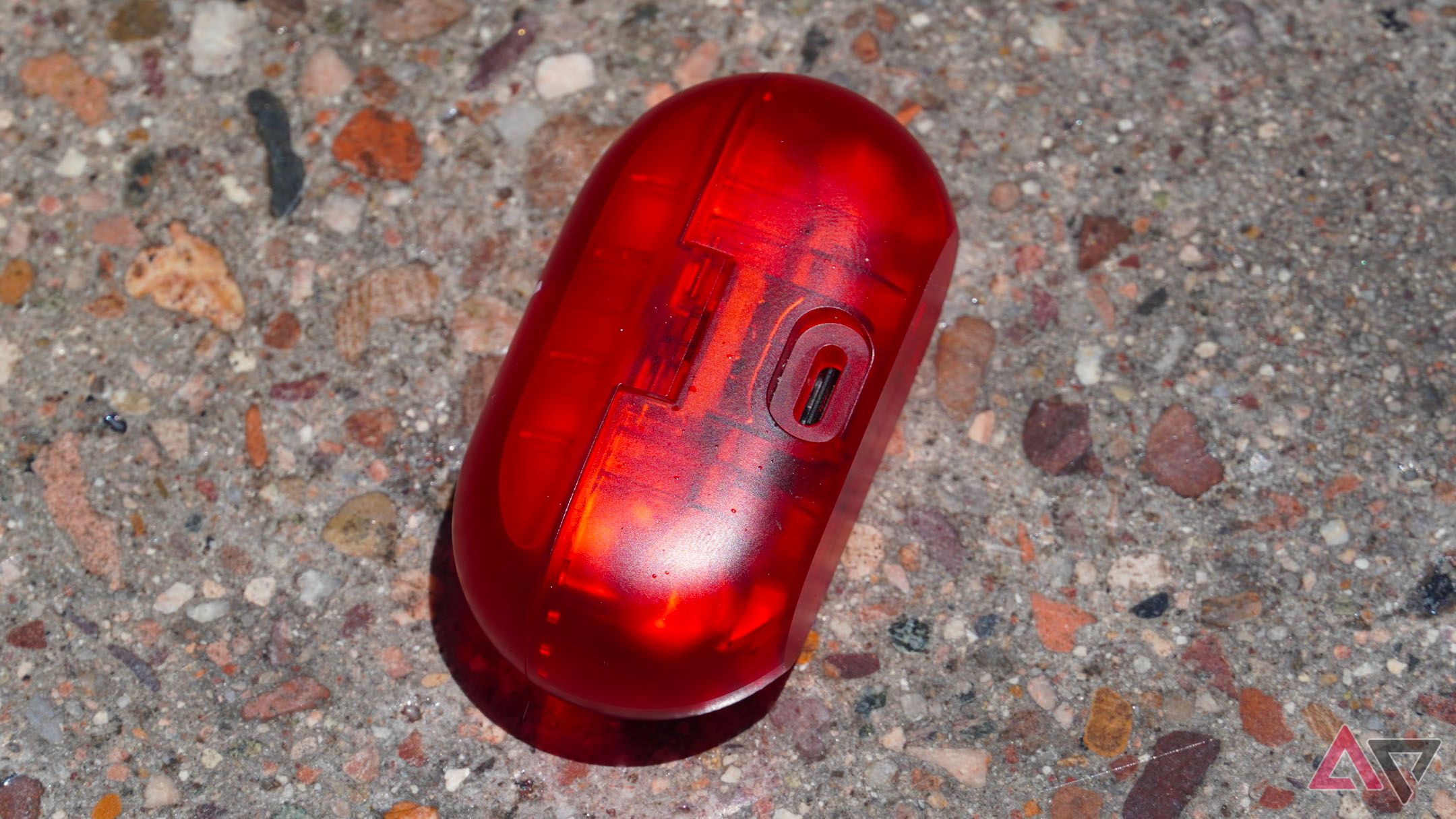True wireless (TWS) earbuds have taken the average audio scene by storm. Almost everyone has a pair, whether it’s Apple’s AirPods or other Android favorites, like the Galaxy Buds or Pixel Buds. They’re tiny and wireless, so you can take them everywhere, but the compact design usually means the earbuds don’t have much battery life. Of course, that can be extended with a charging case, but what’s it like to use earbuds without one?
That’s what I aimed to figure out by using the Beats Solo Buds for a few weeks. With these, you get a carrying case rather than a charging case; the only battery is the one built into the earbuds, and the carrying case simply bridges the connection between the metal contacts on the Solo Buds and the USB-C port on their case. Here’s what I learned from the experience, and whether I think more wireless earbuds should follow suit.
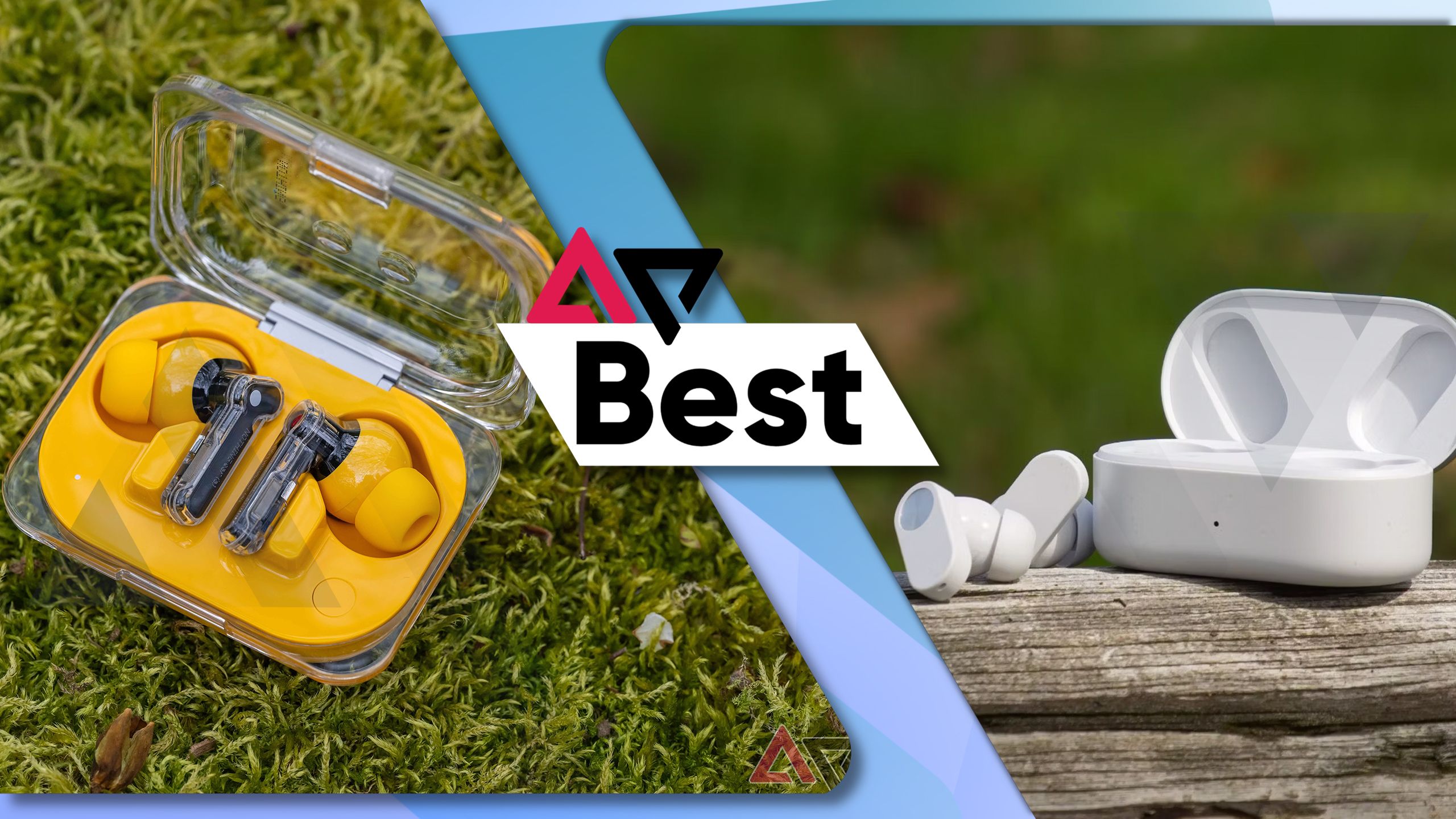
Related
Best cheap true wireless earbuds in 2024
These exceptional earbuds won’t break the bank
1 You don’t need a charging case for capacity
The Beats Solo Buds themselves have 18 hours of battery life
When I first realized the Beats Solo Buds didn’t come with a charging case, I was immediately concerned about battery life. I recently used my AirPods Pro 2 on a cross-country flight and was discouraged to find that they couldn’t last the whole duration on a single charge, requiring a trip into the charging case for a half hour before I could use them again. After that experience, my hopes were low for the Solo Buds.
It turns out my fears were unwarranted. The earbuds themselves can last up to 18 hours, which is way more than most other earbuds. Sony is an industry-leader in TWS battery life, and yet the Sony WF-1000XM5 earbuds can only last about eight hours without their charging case. Apple, Samsung, and Google earbuds fare worse.
Beats puts up a competition-crushing performance with the Solo Buds, which not only impress compared to earbuds individually, but also beat some earbuds and charging case combos.
The Beats Solo Buds (left) versus the Beats Studio Buds+ (right).
It’s true that the Solo Buds lack support for active noise-cancelling and other premium features, but this allows them to deliver such a long battery life. What Beats has accomplished here is nothing short of extremely impressive; the Beats Studio Buds+ cost more than double the Solo Buds, but the Solo Buds are smaller and have exactly twice the amount of battery life — and that’s with all things equal and ANC off.
And, again, the Solo Buds don’t come with a charging case; if you only listen for a few hours each day, the Solo Buds and their 18-hour playback time could last you a full week.
Honestly, the bigger omission here is wireless charging support. I’ve gotten so used to throwing TWS earbuds on a wireless charging pad on my desk, and I never have to consciously charge them as a result. By comparison, charging the Solo Buds with a USB-C cable is an intentional process that might be a tough habit to form for people who are spoiled by wireless charging, like I am.
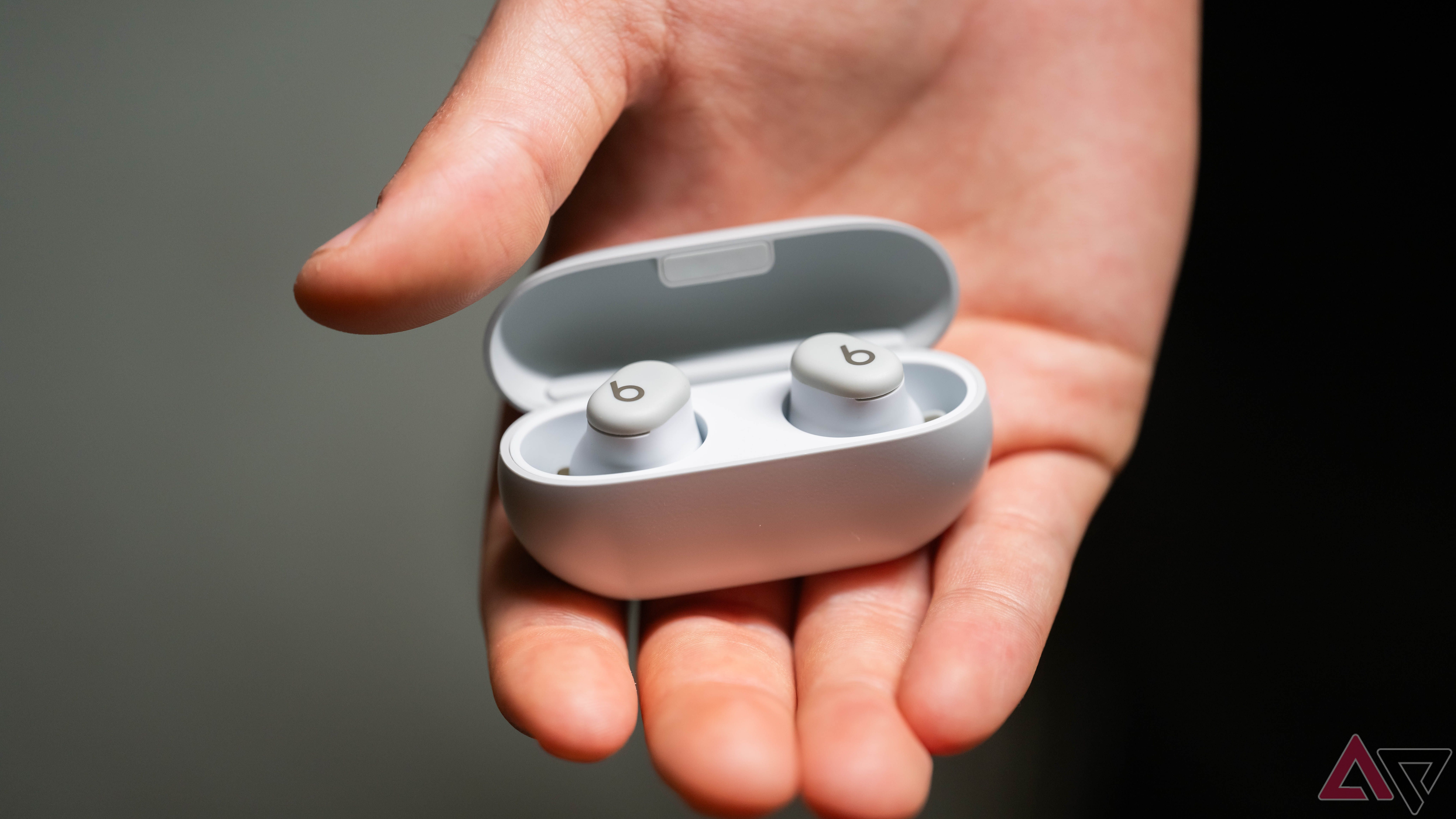
Related
The Beats Solo Buds are good in a market where good isn’t enough
High-quality earbuds with mediocre sound quality
2 Yes, a tiny case size matters
I was surprised to learn how much I loved the Solo Buds carrying case
I have a ridiculous amount of wireless earbuds lying around, so naturally, I wanted to see how the Beats Solo Buds compared to the competition, in terms of case size. Initially, the results seemed disappointing. The Solo Buds’ case is significantly smaller than anything in the Nothing Ear lineup, but it doesn’t appear to be that much smaller than the AirPods or Galaxy Buds. That is, until you put the Solo Buds in your hands or pocket.
A smaller charging case was something I didn’t know I needed until I felt how the Solo Buds effortlessly slip into my jeans’ pocket to be forgotten about. The entire case weighs about 32 grams when the earbuds are inside, which is practically nothing if you’re used to carrying 200-gram smartphones. It’s also nearly half the weight of AirPods Pro 2 (62 grams) and Galaxy Buds 3 Pro (58 grams).
This is a difference you feel, both in the palm of your hand and in the weight of your pockets.
The Beats Solo Buds case (left) next to the Galaxy Buds 3 Pro case (right).
The smaller footprint is helpful, too. Beats Solo Buds are about two-thirds the size of Galaxy Buds 3 Pro in terms of height, and they’re also marginally thinner. There are certainly times when I’d rather sacrifice ANC and a charging case for maximum portability, and that’s why the Solo Buds exist.
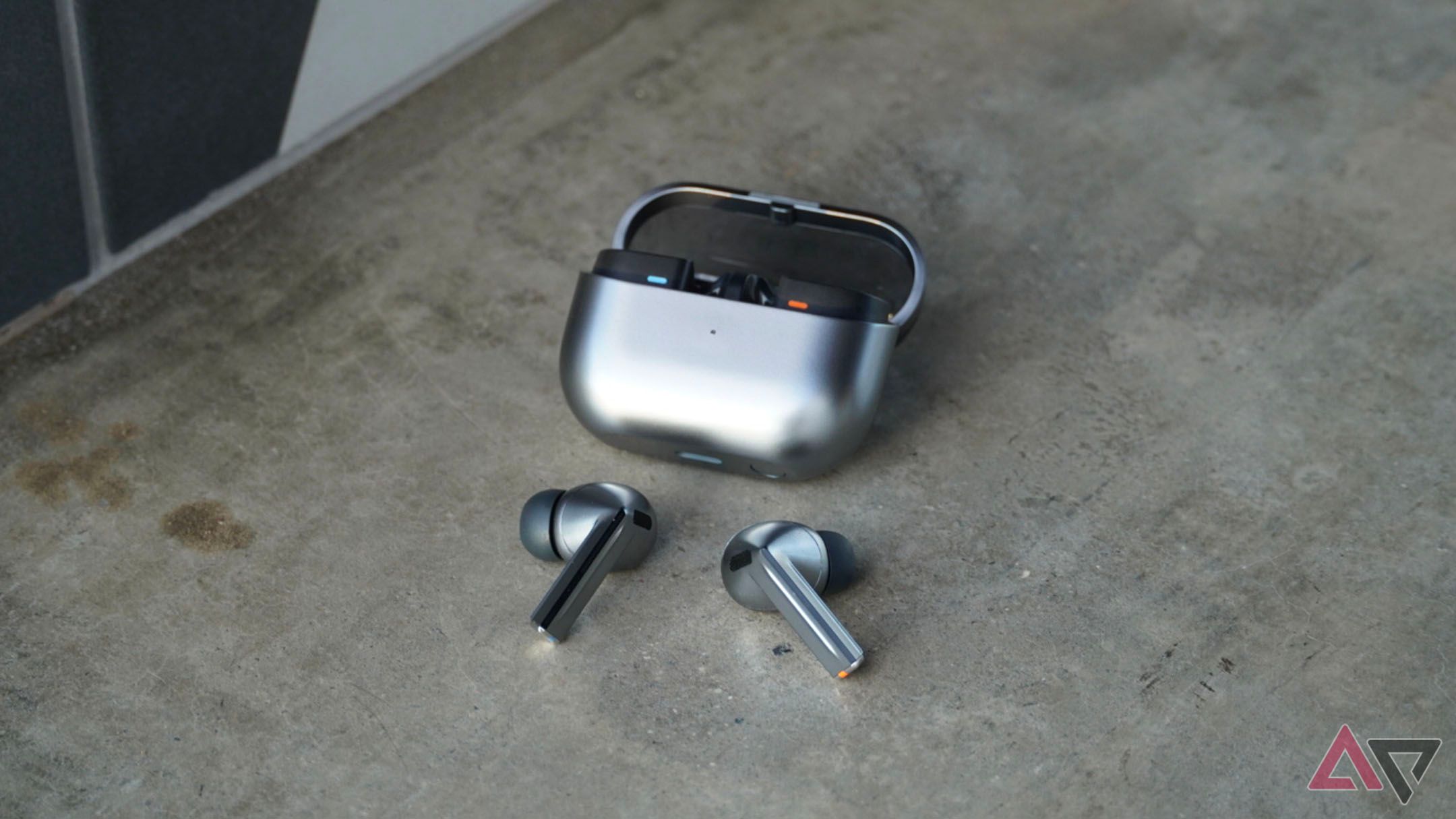
Related
Samsung’s Galaxy Buds 3 Pro sound better than AirPods, but look like a cheap knockoff
An unoriginal design and QC issues are a concern
3 You need a charging case for consistency
Charging cases equalize the charge level of each earbud, and that’s a necessity
I’ve given the Beats Solo Buds a lot of praise for not including a charging case, but there’s one massive flaw that derails the experience. A charging case ensures that both earbuds stay at around the same charge level; if you just wear one, it’ll charge to full the next time it’s placed inside a charging case. Of course, that isn’t possible with Solo Buds, as the only way they charge is when connected to a USB-C power source.
I’m someone who often likes to wear one earbud, which results in my left Solo Bud charging way more often than the right one. For example, I might open the Solo Buds case and find that my left earbud is at 20%, while the right one is still at 60%. This limitation will certainly cause you to need to charge the Solo Buds more than you would when using a pair of TWS earbuds with a charging case.
The USB-C port on the back of the Beats Solo Buds.
To me, this sounds like a somewhat easy problem to solve. There’s already wiring that connects each earbud to the USB-C port, and the two buds already communicate with each other wirelessly. How hard would it be to design and program the Solo Buds to share power between each one, ensuring their battery life is relatively equal?
I’m honestly not sure, but it’s something I’d like to see in a second-generation Beats Solo Buds. Until then, I’m sticking with a pair of earbuds with a charging case.
Should more earbuds ditch their charging cases?
I never thought I’d see a pair of truly-wireless earbuds without a charging case, and the Beats Solo Buds naturally caught my eye as a result. The idea isn’t horrible, but other brands shouldn’t rush to copy it.
There are a few kinks to work out, namely the lack of battery life consistency between each earbud. However, if someone manages to solve this glaring problem, TWS earbuds without charging cases could be a very compelling option. I’m already tempted to start using them for their longer battery life and compact form factors.
-
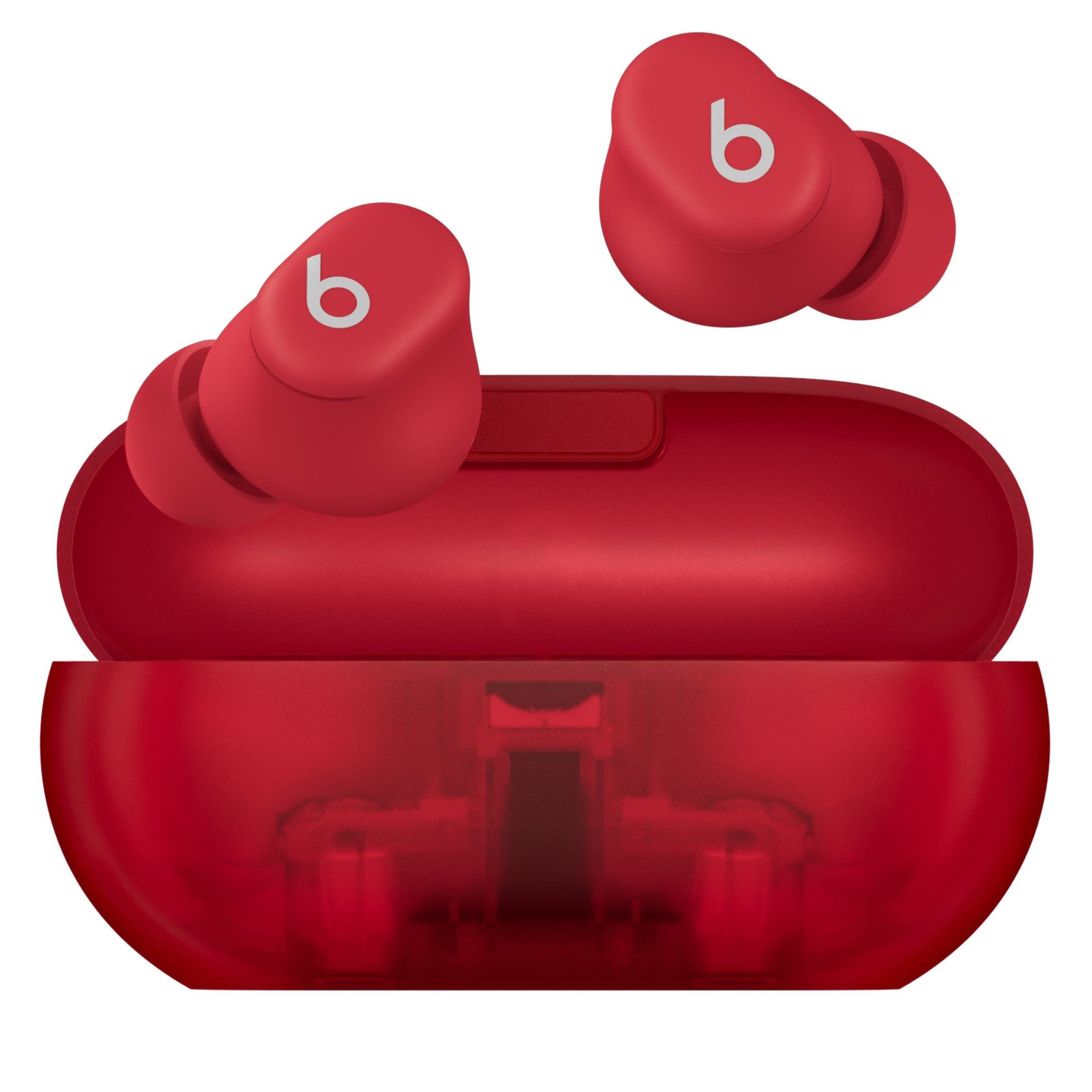
Beats Solo Buds
The Beats Solo Buds lack active noise cancelation, but they were designed with passive noise isolation in mind. With convenience features like one-touch pairing, 18-hour battery life, and speeding charging via the included case, they’re an attractive option for budget-minded buyers thanks to their $80 price tag.
-
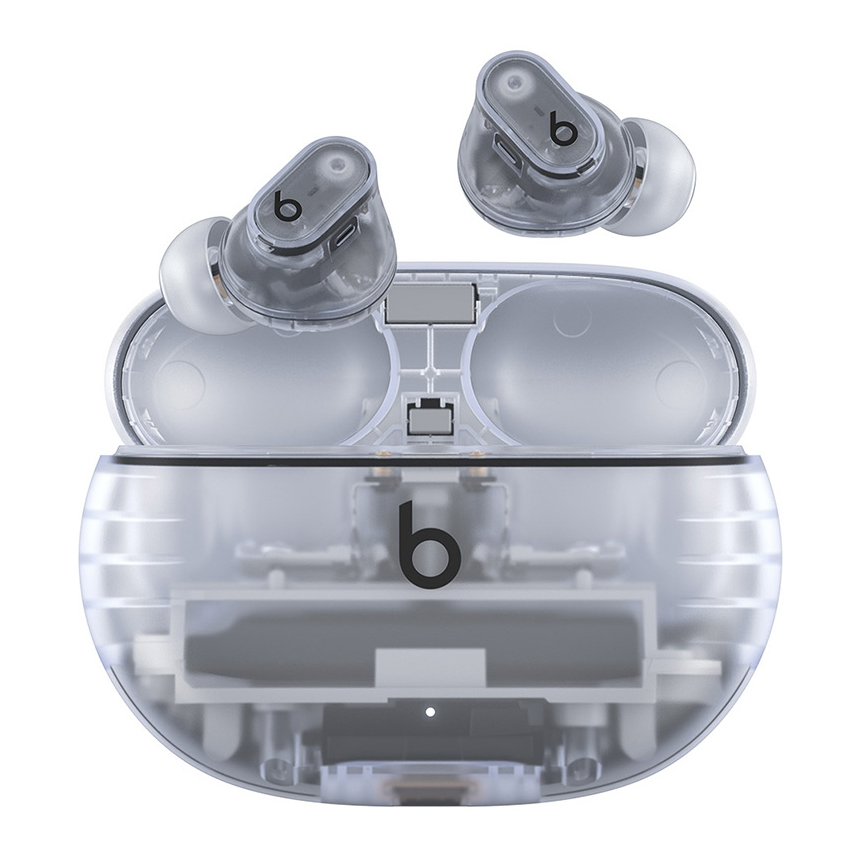
Beats Studio Buds Plus
Building off the success of the Beats Studio Buds, the Studio Buds Plus feature advancements in a few key categories. Beats significantly improved the Studio Buds Plus battery life thanks to larger cells in the earbuds and the charging case. By including larger microphones, Beats enhanced the active noise-canceling and transparency mode performance.
Source link

